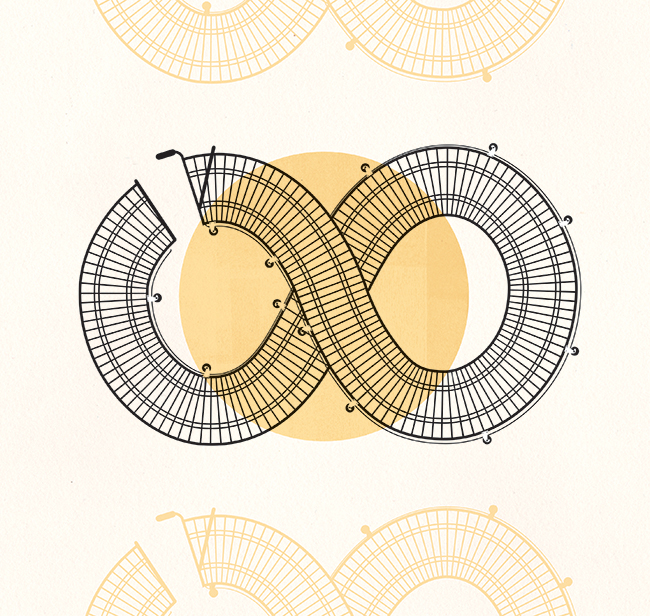ZEITGUIDE TO FAST FASHION

If New York Fashion Week, which started Thursday, were to get a hashtag critique like #Oscasrssowhite, it might be #Fashiontooslow. Apparel sales have been flagging as designers and retailers struggle to figure out and catch up with the desires of millennial fashionistas. Among the cultural and technological trends reshaping the fashion industry:
GETTING FROM BLOG TO BAG:
Social media has obliterated the traditional pacing of fashion. Today’s fashion students don’t even wait for the next issue of Vogue, as one designer/teacher wrote in Women’s Wear Daily. They watch live-streamed fashion shows and devotedly follow fashion bloggers and Instagram feeds. Not surprisingly then, this generation has little patience for any disconnect between seeing it, liking it and wearing it. Millennials “expect to instantaneously see what’s new through myriad apps and sites; then have the ability and wherewithal to shop and purchase at the click of a button.” Designers are adapting. Rebecca Minkoffand Burberry, for instance, have announced they’re moving to a see-now/buy-now system, where Fashion Week’s runway designs are immediately on sale. The New York Times called Burberry’s move “the biggest shake-up of the fashion show system since ready-to-wear took to the catwalk.”
FASHION FATIGUE:
Gap, J.Crew, Abercrombie & Fitch and other mid-market American retailers are particularly struggling, in part, because they’re being undercut on speed and price. Foreign fast-fashion brands like H&M, Uniqlo and Zara churn out runway looks in weeks. At the same time, Banana Republic and others just aren’t bringing much fresh to the party. “Fashion boredom” has set in this year, reports the Washington Post. There just isn’t any significant new style. Apparently women who spent eight or nine years building a wardrobe around skinny jeans aren’t ready to give them the Marie Kondo (the author of “Tidying Up,” a must-read) treatment.
FOOT FATIGUE:
Although e-commerce continues to rise (up 21% globally in 2015) retailers — especially apparel retailers — still need consumers to come into the store. Customers are 10 to 12 times more likely to make a purchase once they are in a store than on a retailer’s web site. But it’s hard to get shoppers interested in heading to the mall — as evidenced by the scores of clothing stores shuttered last year, from Aeropostale (175 stores) to Wet Seal (338 stores). Department stores like Macy’s (closing 36 stores in 2016) are trying to re-tool to provide a more alluring clothes-shopping experience. “Consumers have lost their enthusiasm for trolling through massive stores hunting for a bargain. They can do that online,” Consumer psychologist Kit Yarrow told USA Today. “The only big department stores that will remain relevant to consumers are those that incorporate tricks and treats into the shopping mix — like product offerings you can’t find online, special demonstrations or sampling, cushy or fun relaxation areas.”
In fact, Millennials still love to try things on and use shopping as a pastime to hang with friends. And retailers are making sure their loyal customers stay this way by making sure the space illuminates an “authentic, fun, emotionally engaging and surprising environment,” as CMO & President, Consumer Products of Nickelodeon, Pam Kaufman, told us.
